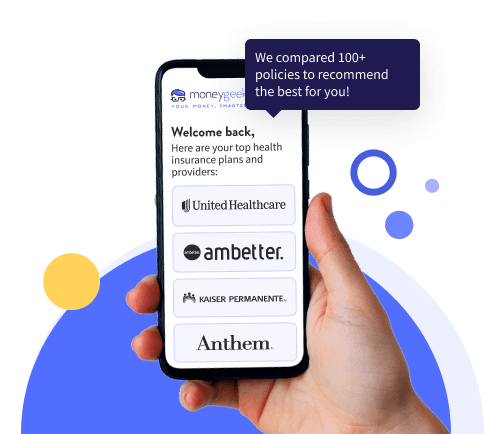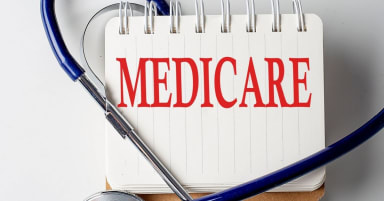Most Medicare Advantage plans cost $0 per month in 2026, according to MoneyGeek's analysis. But that's just the starting point. Your total costs depend on the plan type you pick and how much medical care you need. While most Medicare Advantage plans are free (60% of all plans according to our analysis), there are some that plans that do charge a premium. Excluding free plans, HMO plans average $53 monthly, while PPO plans average $63 monthly.
Don't forget the Medicare Part B premium of $185 monthly and the $257 annual deductible. You'll also pay copays and coinsurance when you see doctors or get services. Not yet 65? Check health insurance options for retirees until you qualify for Medicare.



